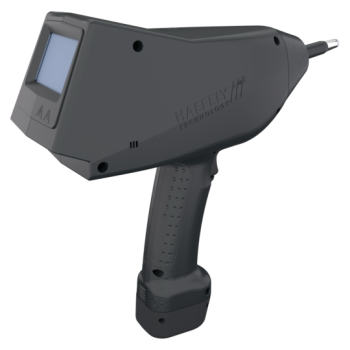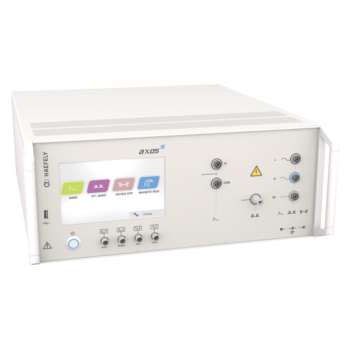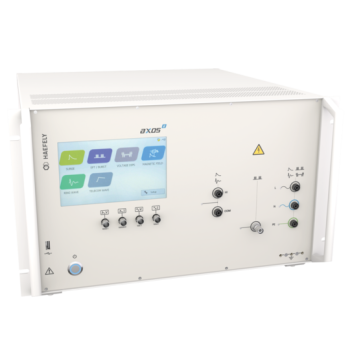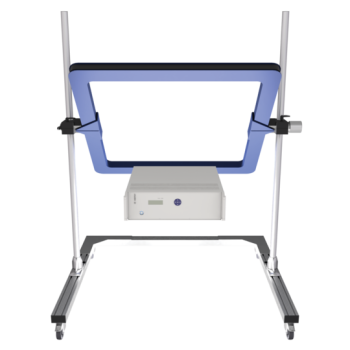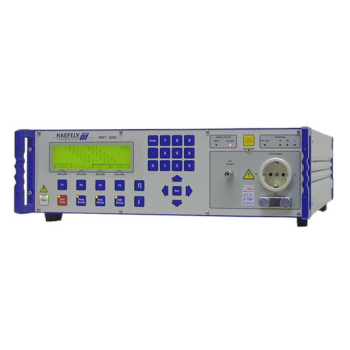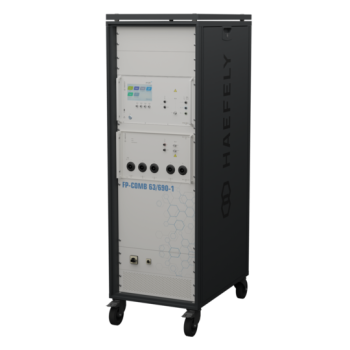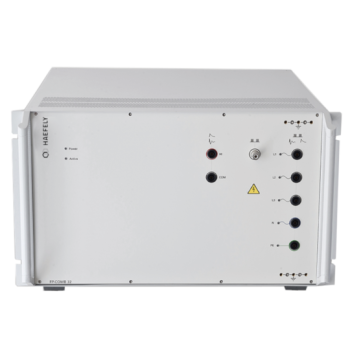Products
Onyx 16
- +/- 16kV air and Contact Discharge
- 150pF/330Ohm Standard, Other networks available
- >16 hour Battery life, AC mains option
- Optional Software
Onyx 30
- +/- 30kV air and Contact Discharge
- 150pF/330Ohm Standard, Other networks available
- >16 hour Battery life, AC mains option
- Optional Software
Axos 5 - Compact
- Multi Tester with 16AMP CDN
- EFT/Burst 5kV IEC 61000-4-4
- Surge, Combination Wave 5kV IEC 61000-4-5
- Surge Magnetic field IEC 61000-4-9 (MSURGE-A loop antenna required)
- AC Dips/Drops IEC 61000-4-11 (DIP 116 dips transformer required)
- DC Dips/Drops IEC 61000-4-29 (2x DC supplies required)
Axos 8 - Compact
- Multi Tester with 16AMP CDN
- EFT/Burst 5kV IEC 61000-4-4
- Surge, Combination Wave 7kV IEC 61000-4-5
- Surge Magnetic field IEC 61000-4-9 (MSURGE-A loop antenna required)
- Ring Wave, 7kV IEC 61000-4-12 & ANSI
- Telicomm Wave, 7kV IEC 61000-4-5 & ITU
- AC Dips/Drops IEC 61000-4-11 (DIP 116 dips transformer required)
- DC Dips/Drops IEC 61000-4-29 (2x DC supplies required)
MAG 1000
- 1-120A/m Contiunus testing
- 100-1100A/m Short Duration 1-3sec
- Test either 50Hz & 60Hz Selectable
- 1m square Loop
PEFT 8010
- EFT/Burst
- Up to 7.3kV (6.6kV at CDN)
- CDN: 264V-AC 16-440Hz, 125V-DC
- CDN: 16A-AC @ 50-60Hz, 10A-AC @ 400Hz, 16A-DC
PSURGE 30.2
- Surge System
- Up to 30 kV impulse voltage
- Up to 30 kA impulse current
The Wood Test Table is a simple, inexpensive solution for your EMC testing. The table is built to be ship flattened to reduce shipping costs and easily assembled on site quickly. The picture is shown with a ground plane.
The oscillatory wave generator IPG 2554 S has been designed for immunity testing of electrical and electronic equipment against repetitive damped oscillatory waves according to IEC 61000-4-18 requirements. It generates a decaying sine waveform with ringing frequency from 100 kHz and 1 MHz. These are considered the slow waves. These waveforms represent disturbances occurring in power, control, and signal cables installed in high voltage and medium voltage stations and in heavy industrial installations.
The oscillatory wave generator IPG 2554 F has been designed for immunity testing of electrical and electronic equipment against repetitive damped oscillatory waves (DOW) according to IEC 61000-4-18 requirements. It generates a decaying sine waveform with ringing frequencies 3, 10, and 30.0 MHz. These waveforms represent disturbances occurring in power, control and signal cables installed in high voltage and medium voltage stations and in heavy industrial installations.
FP-COMB 63/690-1
- Voltage 690V AC & DC
- Current 63 AMPs
- Automatic Switching Surge, EFT, Ringwave
- IEC & ANSI Coupling
FP-COMB 32
- Voltage 480V AC & DC
- Current 32 AMPs
- Automatic Switching Surge, EFT, Ringwave
- IEC & ANSI Coupling

